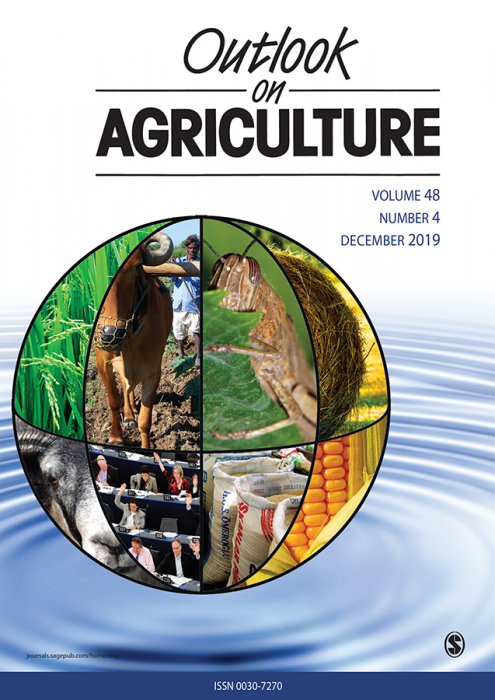Gendered trait prioritization and motivations for crop varietal choice among smallholder farmers: The case of sweetpotato in Uganda
Abstract
To improve productivity, several improved high-yielding sweetpotato varieties have been developed and released by breeders. However, most farmers still grow low-yielding landraces known also as farmers’ varieties. Farmers choose varieties to grow based on their preference for the attributes (traits) embodied in those varieties. Past studies have examined drivers of trait preference using neoclassical economic theory. This study departs from previous ones by applying principles from economic psychology to assess preference for, and prioritization, of sweetpotato traits among male and female sweetpotato farmers. Data used was data collected using focus group discussions and laddering, an in-depth personal interview process, and analysed using descriptive and means-end chain analyses. The study identifies mental constructs associated with farmers’ trait preference and prioritization, namely: the characteristics farmers mentally associate with the prioritized traits, the benefits those traits confer, and the life goals (i.e. values) they enable farmers to attain. Focus group discussions revealed that, among agronomic traits, high root yield is the most preferred/prioritized trait across gender categories and was followed by stress tolerance and underground root storage longevity. The most preferred quality traits across gender groups are root size and mealiness. Women, however, prioritized early maturity over men. The means-end-chain analysis identified several mental constructs farmers mentally associated with trait prioritization. They are increased sales, more income, food security, savings, and investment. These benefits are linked to various life goals (values) farmers aspire for namely, respect, security, achievement, and happiness. These findings imply that farmers’ choice of sweetpotato varieties to grow is driven by the agronomic and quality traits the varieties embody. The findings further imply that psychosocial factors underpin trait preference and prioritization by farmers.

